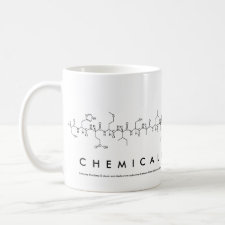
Authors: de Vrese M, Schrezenmeir J
Article Title: Searching for new bioactive substances from milk.
Publication date: 2002
Journal: Bulletin Of The International Dairy Federation No 375/2002 - Fresh Perspectives On Bioactive Dairy Foods
Page numbers: 47-53.
Abstract: In the past searching for new bioactive substances from milk was mainly based on chemical reactions (antioxidative effects), enzymatic activity (e.g. ACE-inhibition), receptor binding (e.g. opiate receptors), mineral binding (calcium phosphopeptides), coagulation, complement activation, antimicrobial effects and some cellular functions reflecting predominently immunity. Here the potential, results and limitations of these and further techniques will be discussed aiming at detecting new compounds from milk and new action principles. Particularly methods of cell and molecular biology will be discussed:Immunological activity may be screened by using: Flow cytometry testing phagocytitic activity, T-cell activation and proliferation. ELISA and ELISpot for cytokine release from immune competent cells.Allergenicity by using CAST (beside FEIA inhibition).Antiatherogenic properties by using endothelial cells (adhesion molecule expression, apoptosis, endothelin and NO release), macrophages (lipid uptake), smooth muscle cells (proliferation), enterocytes (fat transporter inhibition)Antidiabetogenicity by using, Sceletal muscle cells (glucose uptake), islet cells (insulin release), enterocytes (glucose transport)Microarrays (Genechips and Proteomechips), aptamer technology (SELEX = systematic evolution of ligands by exponential enrichment), and molecular imprinting permit high throughput screening Phylogenomics (search for homology with known hormones etc) in data banks indicate candidate targets and ligands of orphan receptors new action principles



Join the Society for Molecular Imprinting

New items RSS feed
Sign-up for e-mail updates:
Choose between receiving an occasional newsletter or more frequent e-mail alerts.
Click here to go to the sign-up page.
Is your name elemental or peptidic? Enter your name and find out by clicking either of the buttons below!
Other products you may like:
 MIPdatabase
MIPdatabase









